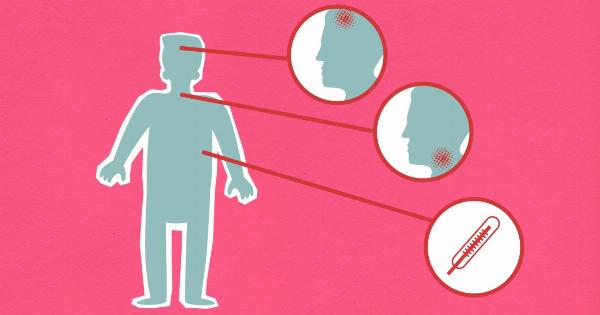Heart attack is one of the leading causes of death in the world, and it can happen to anyone at any time. The good news is that it is preventable, and one simple test can help you determine your risk of having a heart attack. That test is a push-up.
According to a recent study, if you can’t do at least 10 push-ups in a row, you are at a significantly higher risk of having a heart attack than those who can.
The Study
The study, published in JAMA Network Open, was conducted over a 10-year period and included 1,104 active male firefighters with an average age of 39.6 years old.
The firefighters were asked to perform as many push-ups as they could without stopping, and the results were compared to their risk of getting a cardiovascular disease diagnosis, such as a heart attack or stroke.
During the 10-year follow-up period, 37 firefighters experienced a cardiovascular disease diagnosis.
Those who were able to do more than 40 push-ups had a 96% lower risk of getting a cardiovascular disease diagnosis than those who could do less than 10 push-ups. The researchers concluded that push-up capacity was a better predictor of cardiovascular disease risk than the treadmill exercise test.
Why Push-Ups?
Push-ups are a simple and effective exercise that don’t require any equipment, and can be done anywhere. They work multiple muscle groups, including the chest, arms, shoulder, and core, making them a great way to strengthen the upper body.
But why are they also a good indicator of heart health?.
According to the researchers, push-ups are a measure of both upper body strength and endurance, which are both important factors in cardiovascular health.
The ability to perform push-ups requires muscular strength, which is associated with overall fitness and cardiovascular health. Push-ups also require endurance, which is an important measure of how well the heart and lungs are functioning. People who are able to do more push-ups are likely to have a healthier heart and lungs.
What This Means for You
If you can’t do at least 10 push-ups in a row, it may be a sign that you have a higher risk of having a heart attack. However, this doesn’t mean that you should panic if you can’t do a push-up.
The study’s lead author, Justin Yang, MD, from the Harvard T.H. Chan School of Public Health, explains that “the message is not necessarily to get people to do more push-ups, but to encourage people to stay active and physically fit.”.
It’s important to note that this study was conducted on male firefighters, so it may not be applicable to everyone. Women and people in other professions may have different results.
However, the study does highlight the importance of staying physically fit and active for good cardiovascular health.
If you’re unable to do a push-up, don’t despair. There are many other ways to improve your cardiovascular health, such as walking, cycling, swimming, or other forms of exercise that you enjoy.
The important thing is to find an activity that you enjoy, and to do it regularly.
Conclusion
A simple test of push-up capacity can be a good predictor of cardiovascular disease risk.
According to a recent study, those who can do more than 40 push-ups had a 96% lower risk of getting a cardiovascular disease diagnosis than those who could do less than 10 push-ups. The ability to perform push-ups requires both upper body strength and endurance, which are important factors in cardiovascular health. However, if you’re unable to do a push-up, don’t despair.
There are many other ways to improve your cardiovascular health, such as walking, cycling, swimming, or other forms of exercise that you enjoy.






























